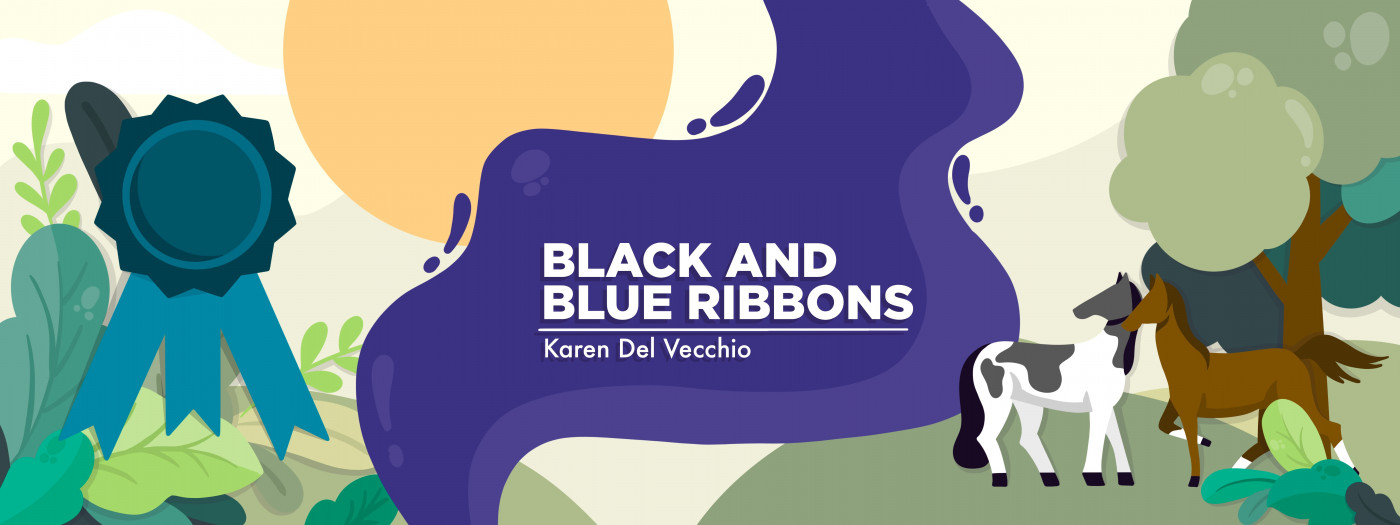A prominent bruise has a plus side for EDS awareness
Some symptoms cause more discussion than others, and that can be good

“Hey, how did you get that bruise on your face?”
I’ve probably gotten that question at least a dozen times in the past few days, and I’m sure many more wanted to ask me but didn’t. It’s not a big bruise — maybe the size of a dime — on the right side of my chin. But since any bruise on a person’s face is unusual, it catches people’s attention.
My response: “I don’t know for sure. It was probably my dog when I was giving her a hug.”
That statement elicits another round of confused looks, as most people know how they get their bruises. If they do something that causes one, they generally feel enough pain to notice it. But with Ehlers-Danlos syndrome (EDS), which I have, a bruise is just one of a long line of them that appear out of nowhere. This one, though, is more conspicuous.
I’ve written before about my internal battle: Should I cover up the bruises that are commonly on my legs, or decide I don’t care and wear shorts or skirts if I feel like it? I go back and forth on my answers, and not too long ago, I realized that’s OK. I don’t have to feel the same way about it one day that I do on another.
Having the talk
But a bruise on my face is impossible to hide. The plus of it, I’ve noticed, is that it’s opened doors for me to tell a number of people in a low-key way about living with EDS. When they ask about the bruise and I don’t have a straight answer about its cause, I have a reason to explain why. A quick “I have a rare collagen disorder called Ehlers-Danlos syndrome that makes me bruise more easily” allows me to spread awareness in a way that doesn’t make people uncomfortable.
I’ve had to get more comfortable to talk about my diagnoses myself since I developed a version of alpha-gal syndrome, a rare reaction to a tick bite that causes me to react badly to a protein found in all mammalian-based products and their derivatives. When I go out to eat with someone, I have to share about this condition, as my food options are limited and I likely need to have a conversation with someone at the restaurant.
I learned a long time ago that if I’m at ease about it, the person I’m with will likely take their cue from me and understand that it’s OK to discuss it. And I’m big on talking about it with others, as long as their interest is genuine and doesn’t come from inappropriate curiosity or a desire for gossip.
When I was diagnosed with EDS, I wasn’t sure how to talk about it at first. I’ve since discovered that my best approach is to make it no big deal. After all, EDS is only one small part of who I am. There’s so much more to me than that.
Note: Ehlers-Danlos News is strictly a news and information website about the disease. It does not provide medical advice, diagnosis, or treatment. This content is not intended to be a substitute for professional medical advice, diagnosis, or treatment. Always seek the advice of your physician or another qualified health provider with any questions you may have regarding a medical condition. Never disregard professional medical advice or delay in seeking it because of something you have read on this website. The opinions expressed in this column are not those of Ehlers-Danlos News or its parent company, BioNews, and are intended to spark discussion about issues pertaining to Ehlers-Danlos.







Comments